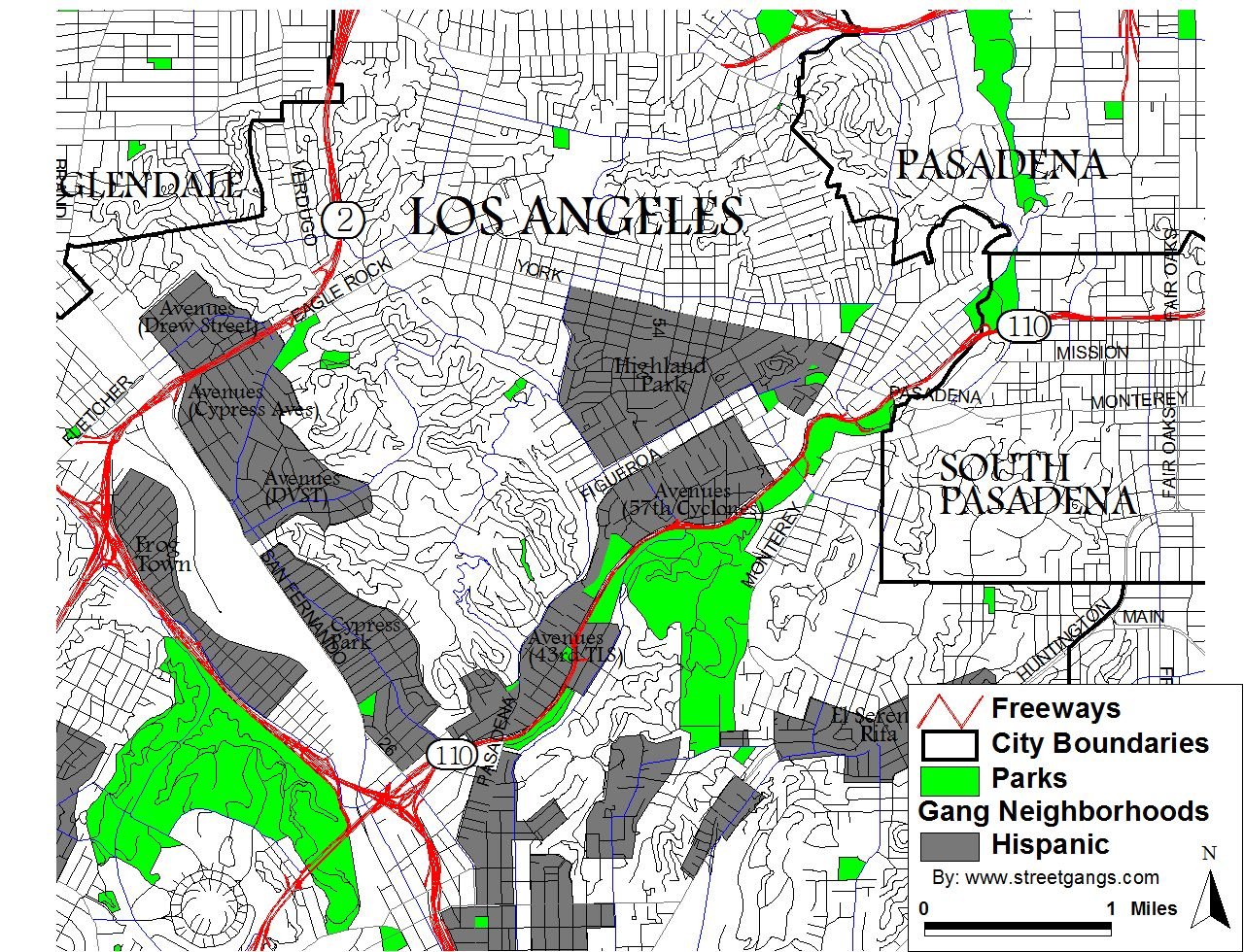Los Angeles, often celebrated for its vibrant culture and entertainment industry, harbors a darker side that significantly impacts its communities. The city has long been associated with gang activity, making it a focal point for discussions about urban safety and public health. Understanding the dynamics of these gangs is crucial for both residents and policymakers aiming to improve community welfare and safety.
A Comprehensive Los Angeles Gang Map serves as an essential tool in this endeavor. This map not only highlights territories controlled by various gangs but also sheds light on the socio-economic conditions that contribute to gang formation and perpetuation. By unveiling these hidden territories, we can foster greater awareness and work towards effective strategies to mitigate the adverse effects of gang violence on communities.
Understanding Gang Violence Through Homicide Reports
In Los Angeles County, the stories behind murder and homicide victims paint a grim picture of the impact of gang violence. Each victim represents a tragedy that extends beyond individual loss, affecting families and entire communities. These reports serve as a stark reminder of the urgent need for intervention and prevention strategies.
The Homicide Report provides detailed accounts of each incident, offering insights into the circumstances surrounding these violent acts. By analyzing these reports, researchers and law enforcement agencies can identify patterns and trends that may lead to more targeted approaches in combating gang-related crime.
Moreover, these reports underscore the importance of community involvement and support systems. Engaging local residents in efforts to reduce violence can create safer neighborhoods and foster a sense of unity against the pervasive threat of gang activity.
Gang Territories and Their Influence on Public Health
Residing in a gang-occupied neighborhood can have profound implications for public health, particularly concerning birth outcomes. Studies conducted in Los Angeles have shown a correlation between living in such areas and adverse birth results. These findings highlight the broader impact of gang presence on community well-being.
Adverse birth outcomes act as indicators of population health, reflecting the challenging conditions faced by expectant mothers in gang-controlled territories. Factors such as stress, lack of access to healthcare, and environmental hazards contribute to these negative outcomes. Addressing these issues requires a multifaceted approach that includes improving healthcare accessibility and creating safer living environments.
Furthermore, understanding the relationship between gang territories and health disparities can inform policy decisions aimed at reducing inequalities and promoting equitable development across all neighborhoods.
Historical Context: Redlining and Its Legacy
The historical practice of redlining has left a lasting impact on the landscape of Los Angeles, particularly in neighborhoods now dominated by gang activity. Mapping these areas reveals how past policies of disinvestment have contributed to the current state of gang territories. This legacy underscores the importance of addressing systemic issues to achieve lasting change.
Redlining, initiated during the New Deal Era, systematically denied services to residents based on race and geography. This led to economic deprivation and social exclusion, factors that continue to influence the prevalence of gangs in certain areas today. Recognizing this history is crucial for developing strategies that tackle the root causes of gang proliferation.
By examining case studies from South-Central Los Angeles and the San Fernando Valley, researchers can better understand the complex interplay of historical policies and contemporary challenges. This knowledge can guide interventions that focus on rebuilding trust and revitalizing communities affected by decades of neglect.
Official 2024 LA Gang Map: A Modern Perspective
The release of the official 2024 LA Gang Map marks a significant step in acknowledging and addressing the reality of gang territories in Los Angeles. This map provides a visual representation of gang affiliations and their geographical reach, serving as a valuable resource for stakeholders seeking to implement effective solutions.
Beyond its utility as a mapping tool, the 2024 LA Gang Map symbolizes a commitment to transparency and accountability. It invites dialogue among community members, law enforcement, and policymakers about the best ways to promote peace and stability in affected areas. Such collaboration is essential for devising comprehensive strategies that address the needs of all residents.
As discussions around the map unfold, there is an opportunity to reassess existing policies and explore innovative approaches to gang prevention and rehabilitation. This could involve leveraging technology, fostering education and employment opportunities, and enhancing community engagement initiatives.
Community Engagement: Building Safer Neighborhoods
Engaging with the community is paramount in efforts to combat gang violence and improve birth outcomes in Los Angeles. Initiatives that empower residents to take ownership of their neighborhoods can lead to positive changes and reduced gang influence. Community-driven programs offer a pathway to sustainable progress.
University research and partnerships play a vital role in supporting these endeavors. Institutions like the University of Southern California contribute valuable data and expertise that inform evidence-based strategies. Collaborative efforts between academia and local organizations can enhance the effectiveness of interventions aimed at reducing gang activity.
Ultimately, the goal is to create environments where every resident, regardless of their location within Los Angeles, can thrive without the fear of gang violence. Achieving this vision requires sustained commitment and cooperation from all sectors of society, ensuring that no community is left behind in the pursuit of a safer, healthier Los Angeles.

